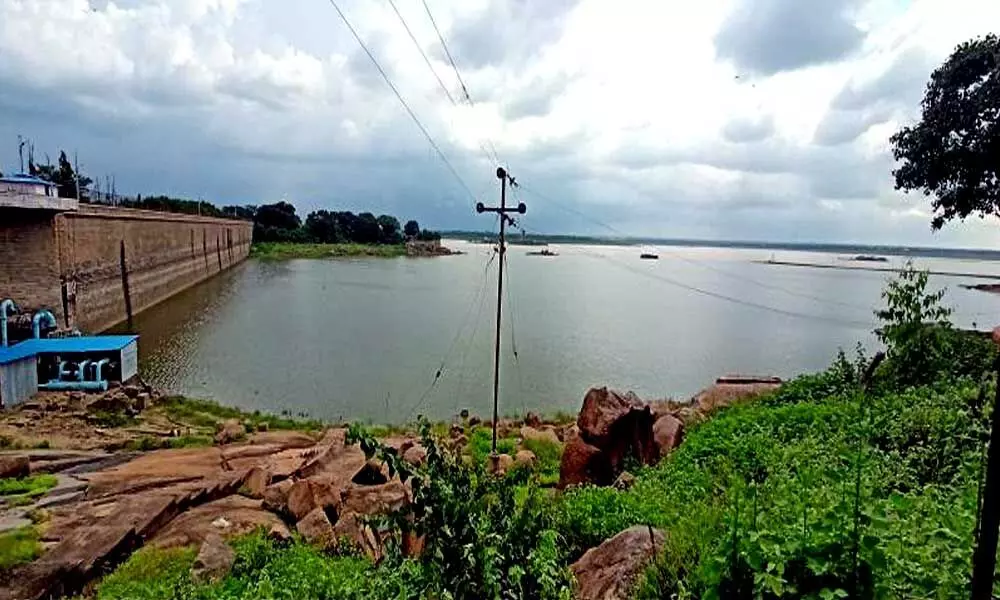Development or displacement: Weighing implications of Telangana's GO:111 repeal
The 2 water bodies (Osmansagar & Himayatsagar) have maintained ecological balance in the area for years. The move to scrap GO:111 will turn the whole area into concrete jungle leaving no space for buffer zones
image for illustrative purpose

The local people of 84 villages have already sold their lands, to a great extent, to realtors and now they will be uprooted completely. Now that the prices of land in the city have skyrocketed they will not find a plot to construct their own house. The government should reconsider and retain the GO 111 in the larger interest of environment and local people from 84 villages
'Environment' is where we all live while 'development' is what we all do in attempting to improve our lot within that abode. They are inseparable. Many critical issues are related to uneven development, poverty and population growth which place unprecedented pressures on lands, forests, water bodies and natural resources. However, the environment needs to be protected by all.
Telangana government has scrapped the GO:111 which came in 1996, to maintain bio-conservation zone in a radius of 10 kilometers surrounding twin water bodies, now opened for expansion of urbanization with a pretext that the Osmansagar and Himayatsagar are 'redundant.' It is a fact that when population is growing and urbanization is taking place no water body becomes redundant. The Honorable CM announced in Assembly sessions that the drinking water needs of Hyderabad are met through Godavari and Krishna rivers. The argument is untenable as the twin water bodies are constructed with a view to protect the city from floods during rainy season and protect the environment while they became subsequently drinking water source.
The provision of drinking water to Hyderabad residents through Godavari and Krishna rivers is economically expensive when compared to Osmansagar and Himayatsagar water. The water from the latter is cheaper and being provided based on the gravity whereas water from former ones need to be pumped costing substantially. In fact, the two water bodies have maintained environment and ecological balance in that area and they are full during rainy season catering the needs of drinking water. Besides, industrialists and corporates will pounce upon the lands hitherto owned by small farmers and construct concrete buildings leaving no space for buffer zones. It will have a disastrous effect in Hyderabad society while the land oustees will go helter skelter for their livelihood and the social cohesion will be affected.
Further, the fabric of Hyderabad city would be disturbed socially and economically if the GO 111 is lifted which is protecting the environment in the area so far. As a result of lifting the GO 111 the whole area will become concrete jungle, environment will be affected adversely due to the industrial and vehicular pollution while groundwater table would deplete. Secondly, more importantly, the local people of 84 villages have already sold their lands, to a great extent, to realtors and now they will be uprooted completely with lucrative prices of land in that area. When so many families are displaced in the name of urbanization and development, the lower middle class people would be affected adversely and displaced ultimately. The question is, where will they go leaving their agricultural lands, livelihoods and social networks etc.
Now that the prices of land in the city have skyrocketed they will not find a plot to construct their own house. Besides, handful of realtors, corporates and rich people would capture the area; part of it is already occupied by our political bosses who are known as modern day zamindars with posh villas, farmhouses and bungalows. As it is, the economic inequalities are rising in the city and it will increase the gap between haves and have-nots reflecting the lop-sided development in Hyderabad. The government should reconsider and retain the GO 111 in the larger interest of environment and local people from 84 villages.
(The author is a noted economist)

